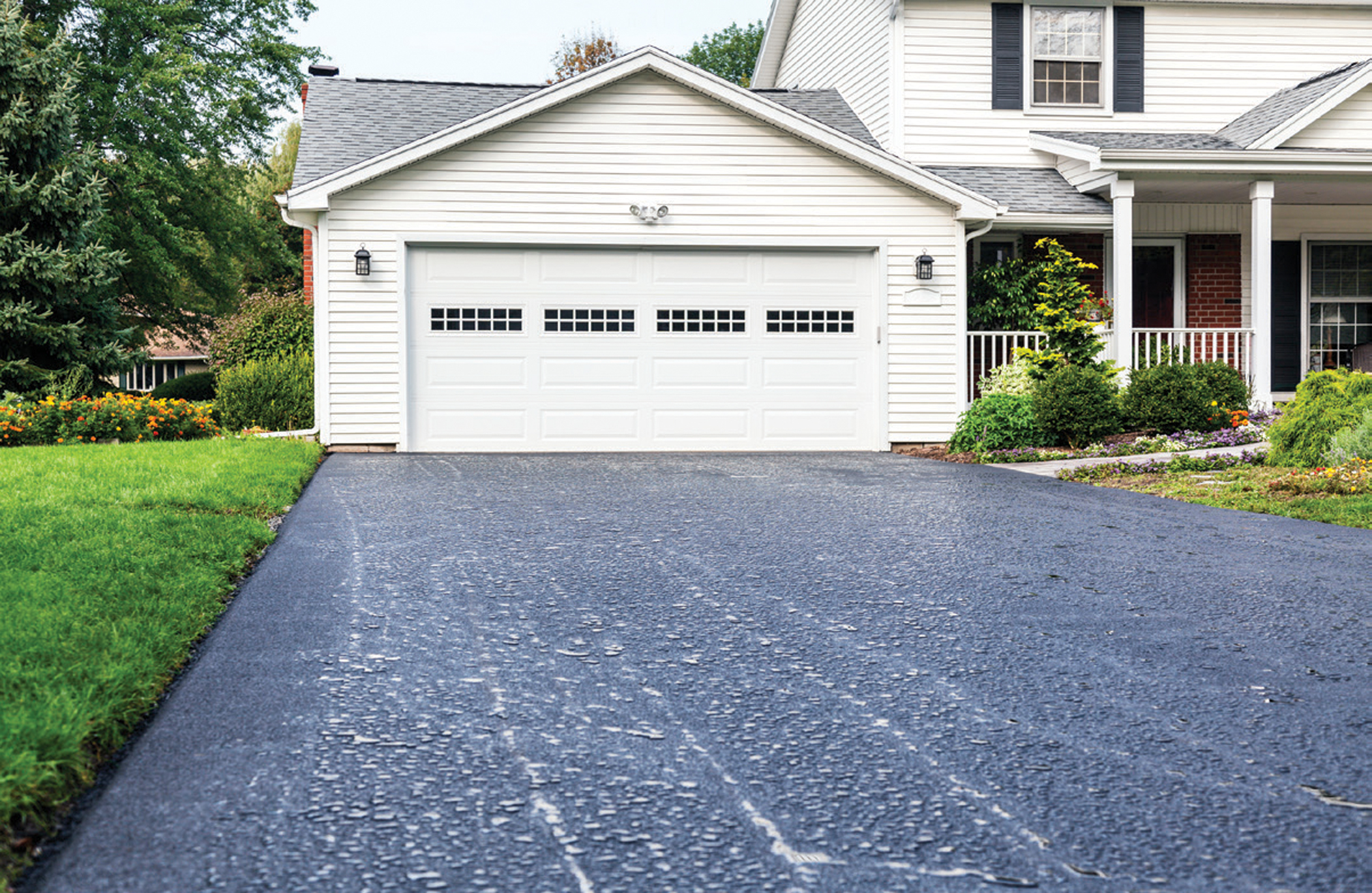Make Best Use Of Investment Returns: Angled Parking Lot Excellence with Asphalt Sealing
Make Best Use Of Investment Returns: Angled Parking Lot Excellence with Asphalt Sealing
Blog Article
Hot Mix Asphalt: A Lasting Service for Pavement
Warm Mix Asphalt (HMA) has emerged as a leading sustainable selection for sidewalk services, offering a myriad of ingenious technologies and ecological advantages. As the need for green building and construction methods expands, checking out the nuances of HMA's sustainability can offer beneficial insights into the future of sidewalk remedies.
Ecological Advantages of Warm Mix Asphalt

In Addition, Warm Mix Asphalt helps to mitigate metropolitan warmth island results. Its dark shade soaks up sunlight, decreasing the amount of warm mirrored back right into the environment contrasted to lighter-colored pavements. This can reduce ambient temperatures in metropolitan locations, decreasing the demand for a/c and eventually reducing energy consumption.
On top of that, Hot Mix Asphalt adds to boosted stormwater monitoring. Its porous nature allows water to charge and penetrate the sidewalk groundwater supplies, reducing runoff and the threat of flooding. These environmental advantages make Warm Mix Asphalt a lasting selection for paving highways and roadways.
Energy Effectiveness in HMA Production
Is power effectiveness an important variable in the manufacturing of Warm Mix Asphalt (HMA)? Energy plays a considerable role in the manufacturing of HMA, impacting both cost and ecological sustainability. One vital element of power effectiveness in HMA production is the usage of warm mix asphalt (WMA) innovations.
Additionally, developments in plant innovations have led to even more energy-efficient HMA manufacturing procedures. By enhancing energy use in HMA production, the industry can reduce its carbon impact while keeping high-grade pavement materials.
Recyclability of Warm Mix Asphalt
The recyclability of Hot Mix Asphalt (HMA) is a critical facet of its sustainability and long-term ecological effect. HMA is among one of the most recycled products in the United States, with over 100 million lots of redeemed asphalt pavement (RAP) being reused each year in brand-new sidewalk building. Reusing HMA supplies numerous environmental benefits, such as reducing the requirement for virgin products, lowering power consumption during production, and lowering the amount of waste sent to land fills.
The procedure of recycling HMA involves milling the existing sidewalk, crushing it right into smaller sized items, and mixing it with brand-new aggregate and asphalt binder to produce a recycled mix. Overall, the recyclability of HMA plays a substantial role in advertising sustainable techniques within the sidewalk sector.

Long-Term Efficiency of HMA
Asphalt pavements show toughness and resilience over a prolonged duration, reflecting the long-lasting performance of Warm Mix Asphalt (HMA) The durability of HMA can be credited to its ability to endure hefty website traffic tons, harsh weather condition conditions, and the effects of aging. Research studies have actually revealed that properly designed and effectively constructed HMA pavements can last for twenty years or more with routine upkeep. The trick to optimizing the long-term efficiency of HMA lies in using top notch products, complying with finest methods in construction, and applying reliable upkeep approaches. Appropriate drainage, routine inspections, and timely repair work are vital for protecting the structural integrity of HMA pavements with time. In addition, improvements in HMA modern technology, such as the usage of polymer-modified binders and cozy mix asphalt, have additionally boosted the longevity and longevity of HMA sidewalks. By focusing on high quality building and upkeep practices, HMA continues to verify itself as a affordable and lasting option for durable sidewalk facilities.

HMA: Sturdiness and Sustainability
Showing both longevity and sustainability, Hot Mix Asphalt (HMA) has actually come to be a foundation in the building of long-lasting sidewalk infrastructures - regrading. HMA's sturdiness originates from its capability to hold up against heavy loads, rough climate condition, and high traffic quantities, making it a trusted option for roadways, highways, and flight terminal runways. The composition of HMA, which commonly consists of accumulations, binder, and filler, plays a vital function in improving its durability and resistance to deterioration
Additionally, HMA's sustainability hinges find out this here on its recyclability and energy-efficient manufacturing process. The ability to recycle recovered asphalt sidewalk (RAP) in new HMA blends minimizes the demand for virgin materials and lessens the environmental impact of sidewalk building and construction and maintenance. Furthermore, the energy performance of creating HMA depends on its reduced blending temperatures compared to various other pavement products, leading to minimized power intake and greenhouse gas exhausts.
Final Thought
Finally, hot mix asphalt (HMA) provides a lasting solution for sidewalk with its eco-friendly attributes. HMA's recyclability, power performance in manufacturing, and long-term durability make it an environmentally friendly choice for roadway building. By preserving natural deposits, decreasing waste, and lowering greenhouse gas discharges, HMA plays a crucial function in promoting sustainability in infrastructure advancement. Its capability to reduce urban heat island impacts additionally highlights its significance in developing resilient and ecologically conscious sidewalk systems.
HMA is one of the most recycled materials in the United States, with over 100 million tons of redeemed asphalt sidewalk (RAP) being recycled each year in brand-new pavement building.The process of recycling HMA Recommended Reading includes grating the existing pavement, squashing it right into smaller pieces, and mixing it with new aggregate and asphalt binder to create a recycled mix.Asphalt sidewalks show toughness and resilience over an extensive duration, reflecting the long-lasting performance of Warm Mix Asphalt (HMA) In addition, improvements in HMA technology, such as the usage of polymer-modified binders and cozy Continued mix asphalt, have actually even more improved the durability and long life of HMA pavements. The capacity to reuse redeemed asphalt sidewalk (RAP) in new HMA mixtures decreases the demand for virgin products and decreases the ecological impact of pavement building and maintenance.
Report this page